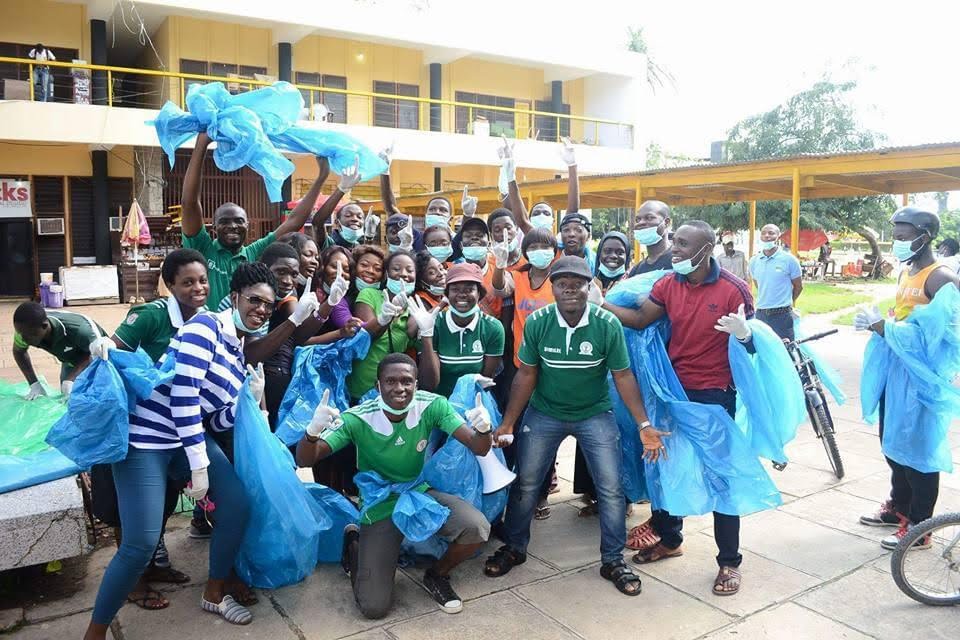Recycling With ecoATM, a CoinStar for Your iPhone
ecoATM’s automated self-serve kiosks use patented, advanced machine vision and artificial intelligence to evaluate and buy-back used electronics from consumers for cash. By providing convenience and immediate cash incentives, ecoATM’s kiosks are already dramatically raising recycling rates wherever located and are paying millions of dollars to consumers in the process.
Currently with over 180 kiosks deployed in 13 states, ecoATM plans a nationwide of 300 kiosk in 2012 ramping to thousands in the next 2 years. ecoATM has harvested hundreds of thousands of devices and has already dramatically outperformed existing collection methods including web and in-store buy-back systems. At scale, ecoATM’s could harvest up to 30% of mobile devices retired by U.S. consumers.
ecoATM uses technology to solve a problem created by technology. ecoATM finally meets the required thresholds of convenience and instant cash incentives necessary to inspire mass consumer participation in recycling electronics, similar to the way 1970’s redemption laws dramatically impacted bottle and can recycling.
E-waste is the fastest growing segment of our national and global waste streams. The average U.S. household now owns 26 different consumer electronic devices for a staggering total of nearly three billion devices, many no longer wanted but still in working condition. Unfortunately, no previously existing systems have inspired mass consumer participation in responsible recycling of these devices and the majority enters our landfills as toxic e-Waste. Over time, this e-Waste breaks down and can release a variety of toxins into the water table including Cadmium, Lead, Mercury, and Arsenic. These toxins can then enter our water supply and eventually our oceans.
United States (U.S.) retailers will sell over $200 billion of new consumer electronics this year according to the Consumer Electronics Association, while during the same period nearly $25 billion of used, but still valuable, electronics will be retired to U.S. drawers and closets and eventually our landfills.
E-Waste is a very complex and rapidly growing problem worldwide. Solving this problem on a large scale involves creating an eco-system of the required stakeholders to collaborate together on a solution. It requires the collaboration of the OEMs who make the devices, the retailers who sell them, and the consumers who buy and retire them. Given the enormous underserved worldwide demand for used mobile phones and other electronics and the enormous and growing stockpile of these devices cluttering the homes of US consumers, ecoATM recognized a rare opportunity to build a huge sustainable enterprise which benefits consumers, retailers, OEMs and the environment alike.
ecoATM’s genesis occurred in an August 2008 coffee shop discussion when founder Mark Bowles reviewed a Nokia survey indicating that only three percent of consumers worldwide were recycling used phones. Realizing that one billion mobile phones shipped annually, Mark set out to develop a system that would finally meet the consumer threshold required to inspire mass participation in electronics recycling. The answer soon emerged: consumers must be presented a convenient recycling option within their everyday path (grocery, malls, big-box retail), and it must provide incentive in the form of instant cash. The automated, self-serve kiosk concept was born.
ecoATM’s solution is to use advanced technologies to solve the e-waste problem created by technology itself. The basic technologies of machine vision, artificial intelligence, and robotics that ecoATM uses have existed for many years, but none have been applied to the particular problem of consumer recycling. However, ecoATM has done much more than just apply existing technology to an old problem. We were challenged to developed significant innovations within each of those existing basic technologies in order to make the system commercially viable.






















